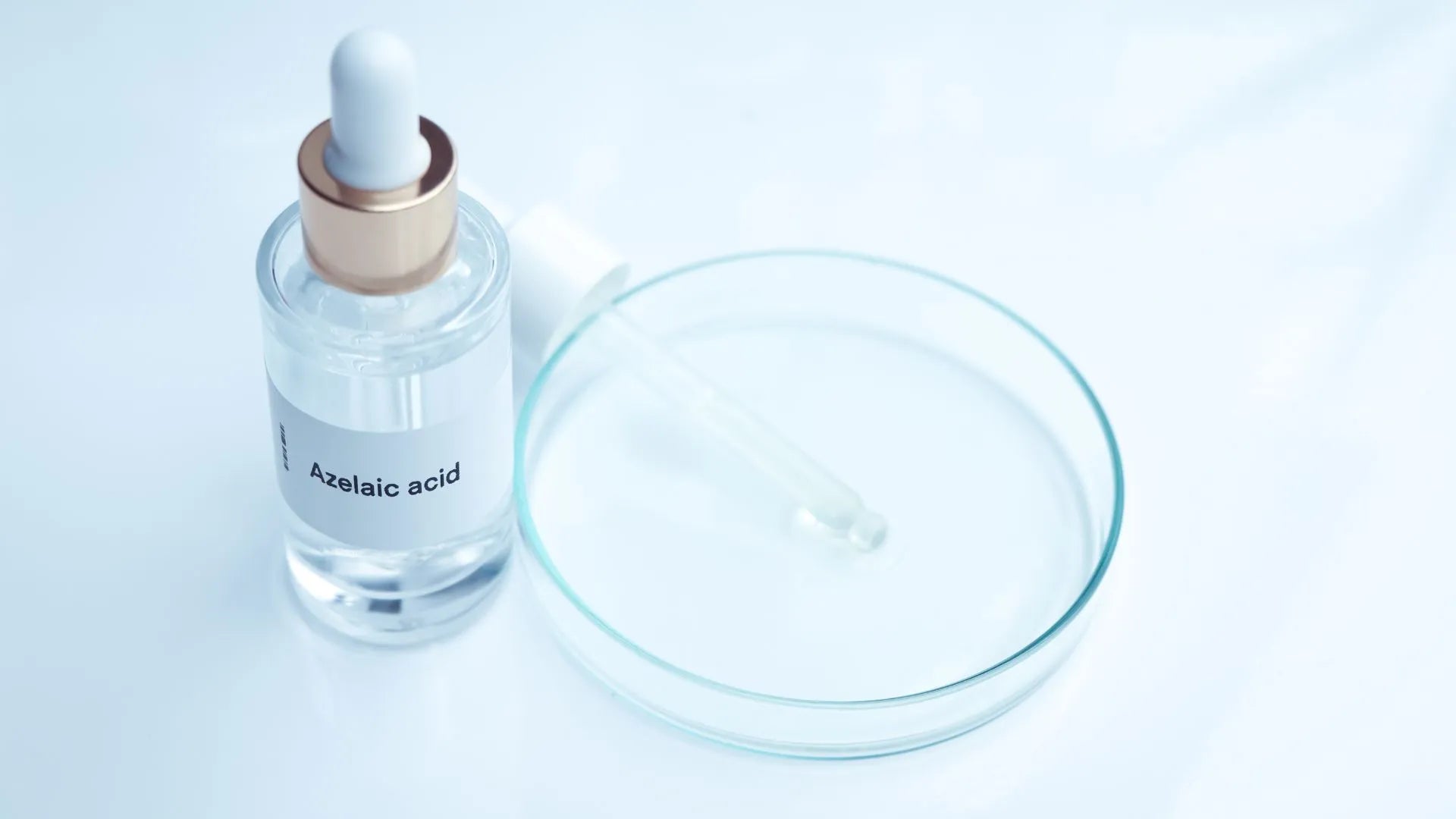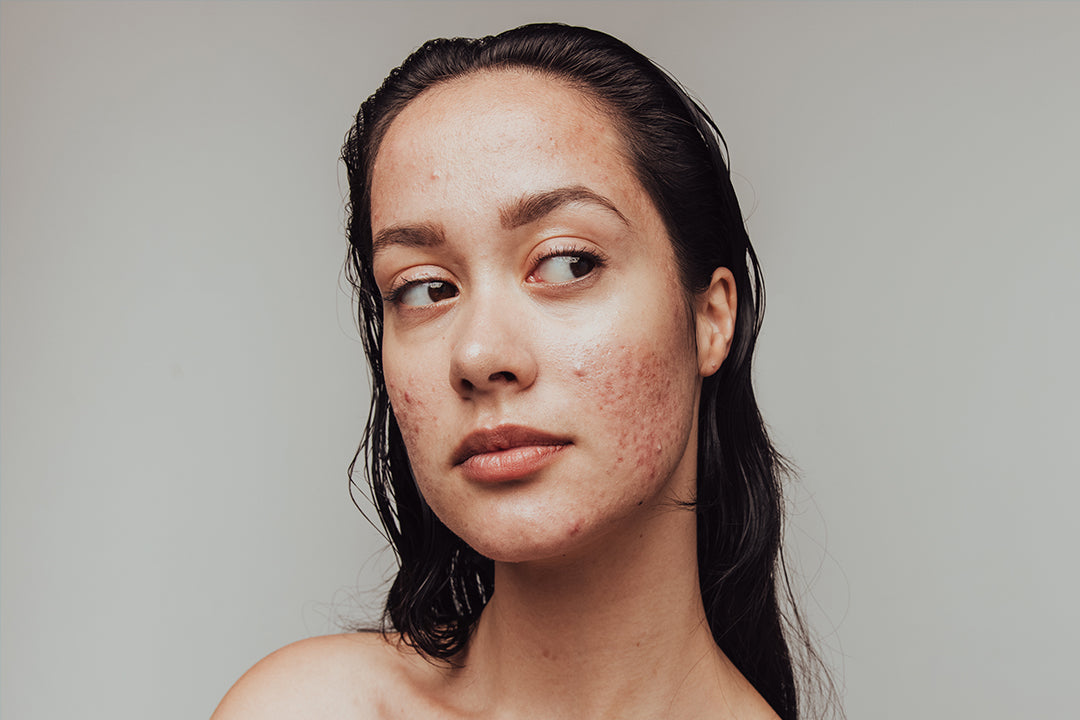If you're a skincare enthusiast on a mission to get your skin looking its most fabulous self, you've probably come across two big players in the beauty world: azelaic acid and salicylic acid. These two ingredients have gained popularity for their ability to address various skin concerns, including acne, hyperpigmentation, and uneven skin texture. But can you use azelaic acid with a salicylic acid cleanser? Let's find out.
How Do You Use Azelaic and Salicylic Acid Together?
When it comes to using azelaic acid and salicylic acid together, it's important to understand how these ingredients work and what they bring to the table. Azelaic acid is known for its anti-inflammatory and antibacterial properties, making it an effective treatment for acne and rosacea. On the other hand, salicylic acid is a beta hydroxy acid (BHA) that exfoliates the skin, unclogs pores, and reduces oil production.
To use azelaic acid and salicylic acid together, start by cleansing your face with a salicylic acid cleanser. This will help remove excess oil, dirt, and dead skin cells from your skin's surface. Follow up with a gentle toner to balance the pH levels of your skin.
Next, apply a thin layer of azelaic acid to your skin. This can be in the form of a cream, gel, or serum. Azelaic acid is typically used to target specific areas of concern, such as acne spots or areas of hyperpigmentation. Massage the product into your skin using gentle, circular motions.
Finally, follow up with your regular moisturizer to lock in moisture and keep your skin hydrated. It's important to note that both azelaic acid and salicylic acid can potentially cause dryness or irritation, especially when used together. If you experience any discomfort, consider reducing the frequency of use or consulting with a dermatologist.
What Should You Not Mix with Azelaic Acid?
While azelaic acid is generally well-tolerated and can be used in combination with many other skincare ingredients, there are a few things to avoid mixing with it to prevent potential irritation or reduced efficacy.
One ingredient to avoid mixing with azelaic acid is vitamin C. Both azelaic acid and vitamin C are potent antioxidants that can provide a range of benefits for the skin. However, when used together, they may cancel out each other's effects or cause irritation. If you want to incorporate both ingredients into your skincare routine, it's best to use them at different times of the day or on alternate days.
Another ingredient to avoid mixing with azelaic acid is lactic acid. Lactic acid is an alpha hydroxy acid (AHA) that exfoliates the skin and helps improve its texture. When combined with azelaic acid, it can increase the risk of irritation. If you want to use both ingredients, it's best to apply them at different times or consult with a dermatologist for personalized advice.
Glycolic acid is another AHA that should be avoided when using azelaic acid. Similar to lactic acid, glycolic acid can increase the risk of irritation when combined with azelaic acid. It's best to use these ingredients separately or as directed by a skincare professional.
What Should You Not Mix with Salicylic Acid?
Salicylic acid is a powerful exfoliating ingredient that can help unclog pores and reduce acne breakouts. However, it's important to be mindful of what you mix with salicylic acid to avoid potential skin reactions.
One ingredient to avoid mixing with salicylic acid is retinol. Retinol is a potent form of vitamin A that is often used to target signs of aging and improve skin texture. When used together, salicylic acid and retinol can potentially cause dryness, irritation, or increased sensitivity. If you want to incorporate both ingredients into your skincare routine, it's best to use them on alternate days or as directed by a dermatologist.
Another ingredient to avoid mixing with salicylic acid is benzoyl peroxide. Benzoyl peroxide is a common ingredient in acne treatments, and while it can be effective in reducing acne, combining it with salicylic acid can increase the risk of dryness, redness, and irritation. If you want to use both ingredients, it's best to apply them at different times or as directed by a skincare professional.
Takeaways
Now that you have a better understanding of how to use azelaic acid and salicylic acid together, it's time to put this knowledge into practice. Remember to start with a patch test to ensure your skin tolerates the combination well, and gradually introduce the products into your routine.
Don't forget to moisturize your skin regularly to maintain its hydration and protect its moisture barrier. And as always, if you have any concerns or questions about using azelaic acid and salicylic acid together, consult with a dermatologist who can provide personalized advice based on your skin's needs.









